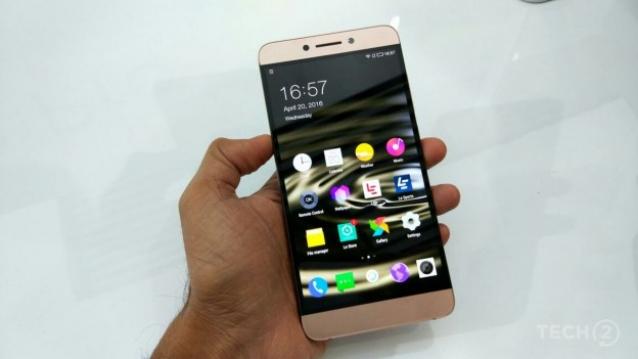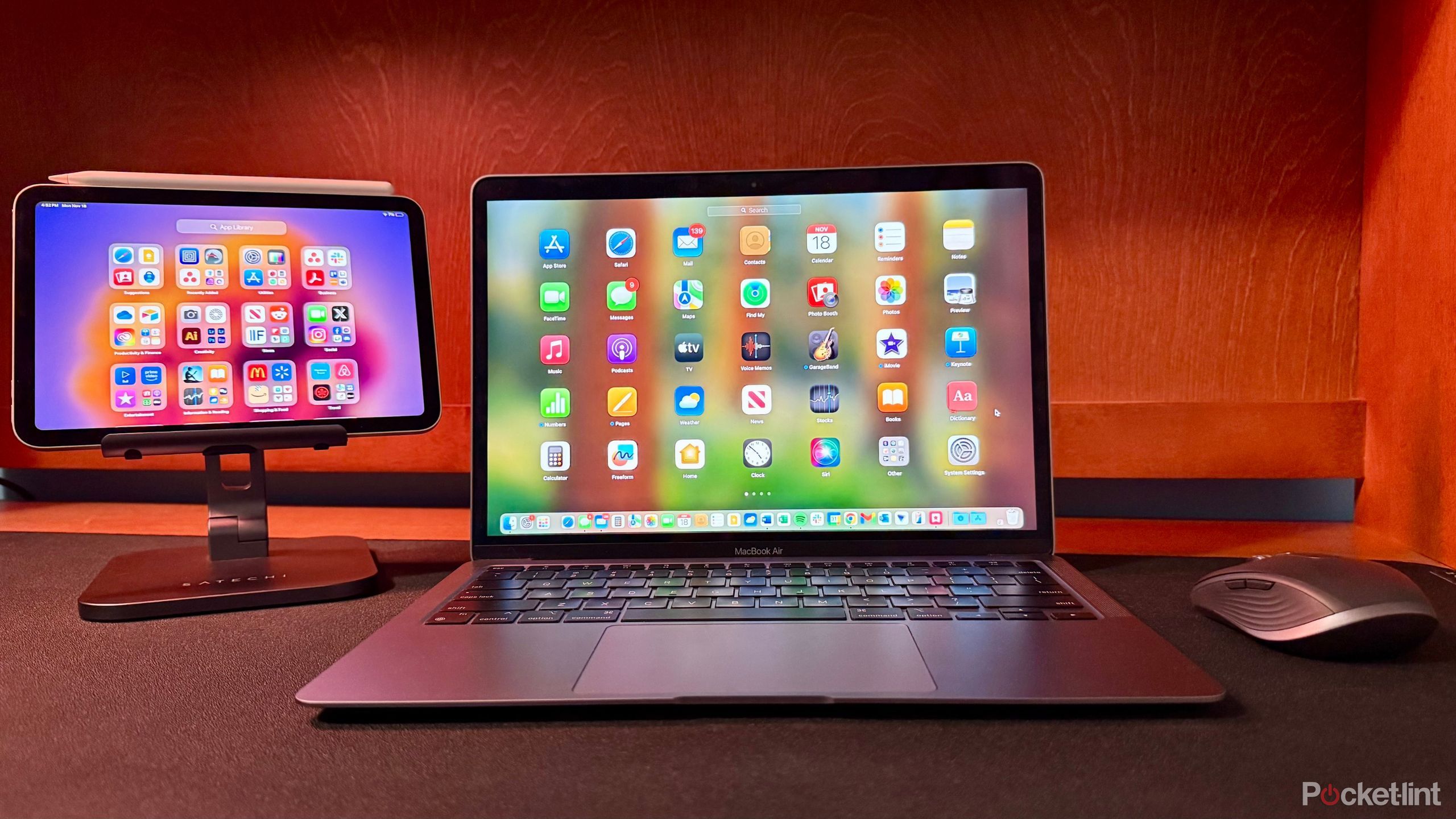LeEco Le Max 2 launched at Rs 22,999: How does it compare to the sub-Rs 25,000 smartphones?

LeEco just announced its second generation flagship called the Le Max 2 and it’s not just priced low but comes with the latest hardware as well. But don’t let the price fool you as there will be two models of the smartphone. One that packs in 4GB of RAM and is priced at Rs 22,999 while the other packs in 6GB of RAM and is priced at Rs 29,999.
Both devices feature 64GB of internal storage and feature a 5.7-inch QHD displays, Qualcomm Snapdragon 820 chipsets (clocked at 2.15GHz) and both also feature 8MP cameras on the front and 21MP units on the back. You get lossless audio thanks to CDLA (Continual Digital Lossless Audio) a new audio standard by LeEco Global and also a fingerprint sensor with Qualcomm’s Sense ID built into the ultrasonic reader. While all of this may sound great, let us also have a look at the competition?
Xiaomi Mi 5

Xiaomi is the first brand that comes to mind. The company has been churning out some really good handsets and the Mi 5 is indeed the cream of the crop. So far it is the only handset that will make premium flagship smartphones tremble with its low price (at Rs 24,999) and robust hardware.
The Xiaomi Mi 5 features a 5.15-inch Full HD Sunlight display (428PPI), a Snapdragon 820 chipset paired with 3GB RAM and 32GB UFS 2.0 flash storage. You get a 4-axis optically stabilised 16MP camera on the back and a 4MP camera up front. You also get a fingerprint reader on the front bezel. Powering all of the above is 3000mAh battery.
While it appears to be quite an impressive package, we did review it a while ago. It performed well in most areas, but somehow we were not too impressed with the software inside that still has the old MIUI 7 skin atop the Android 6.0 Marshmallow OS. The skin does not bring the major features of the Android 6.0 to the fore. Going purely by the hardware specifications (on paper), the LeEco Le Max 2 seems to have a slight edge over this thanks to its content play.
OnePlus 2

Indeed, the next smartphone that comes to mind when we talk about sub-Rs 25,000 smartphones is the OnePlus 2. While it has aged beautifully, the OnePlus 2 somehow failed to deliver on some fronts (NFC, expandable storage etc.) leading to plenty of criticism even though it was priced at Rs 24,999.
Still then, it does offer the basics as an affordable flagship device, and this includes a powerful 1.8GHz Snapdragon 810 chipset paired with 4GB RAM and 64GB of internal storage. You get a 13MP camera with laser autofocus assist on the back and 5MP unit on the front. A 3300mAh battery completes the package. However, all eyes are now on OnePlus’s upcoming smartphone the OnePlus 3 that seems to be getting plenty of attention.
Lenovo Vibe X3

The Lenovo Vibe X3 made plenty of waves as a low-priced alternative to the Motorola Moto X Play. The smartphone packed in some premium hardware with a 5.5-inch Full HD display, Qualcomm Snapdragon 808, 3GB RAM and 32GB of internal storage. It features a 21MP camera on the back and an 8MP sensor on the front.
Priced at Rs 19,999 it was a steal of deal and still is today provided you are ready to settle for a Snapdragon 808, which is not a bad choice for a flagship smartphone. We reviewed the Lenovo Vibe X3 and found that it offered a great multimedia experience given the pricing and with a few compromises.
Motorola Moto X Style

Packing in flagship specifications at a not so flagship price, Motorola’s Moto X Style was and still is quite a contender. The smartphone currently retails at Rs 26,999 that is a tad bit higher compared to the rest of the competition. Its highlight is certainly the 21MP rear camera but it somehow fails to impress with its design, that has not changed since the first Moto X. Still, it is the only other smartphone in this range to offer a Quad HD display (apart from the LeEco Le Max 2) packs in a Qualcomm Snapdragon 808 SoC, 3GB RAM, 16GB internal storage and expandable memory up to 128GB. In our review of the Motorola Moto X Style, we found the Moto X Play to offer better value for money instead.
Oppo F1 Plus

Years after the Oppo made its entry into India with the Oppo Find 7, Oppo finally got its formula right and created the F1 Plus. The F1 Plus is the ‘Plus’ version of the humbler Oppo F1 selfie smartphone that is priced a lot lower. With decent hardware, the F1 Plus still seems worthy of the Rs 26,990 price tag, thanks to its 16MP front-facing camera and slim metal body. In our review of the Oppo F1 Plus, we really loved the balance that Oppo has achieved with hardware and software and were simply blown away by the speedy fingerprint reader and the VOOC charging tech.
Huawei Honor 7

Lastly, we also have a contender from Huawei called the Honor 7 that is priced at Rs 22,999. Huawei left us impressed with its home-grown Kirin 935 SoC, 3GB RAM and 20MP camera combination. It also packs in a other goodies like a metallic build, NFC, DTS sound, a 3100mAh battery and a front-facing flash. Going just by the price it makes for a great buy, but only if you are a Huawei fan.
Google Nexus 5X

How can we forget the always reliable Google Nexus 5X in this listing. Although it did get overshadowed by its elder sibling – the Huawei Nexus 6P – the Nexus 5X is still the best bet for someone who wants a clean Android OS sporting device.
In terms of specifications, the LG Nexus 5X comes with a 5.2-inch full HD display (with a 423pi pixel density) along with Corning Gorilla Glass 3 protection. The device sports a Qualcomm Snapdragon 808 chipset, which has a 64-bit 1.8GHz hexa-core processor with an Adreno 418 GPU. On the camera front, Google has added a 1.55 micro pixel size sporting 12.3MP rear camera along with a 5MP front-facing camera.
We felt that the Nexus 5X offers a great camera for the price, but its battery life is quite average. But if you want a Google device which will give you the latest updates, this is the most affordable one you can go for at the moment.
IMPORT: firstPost





